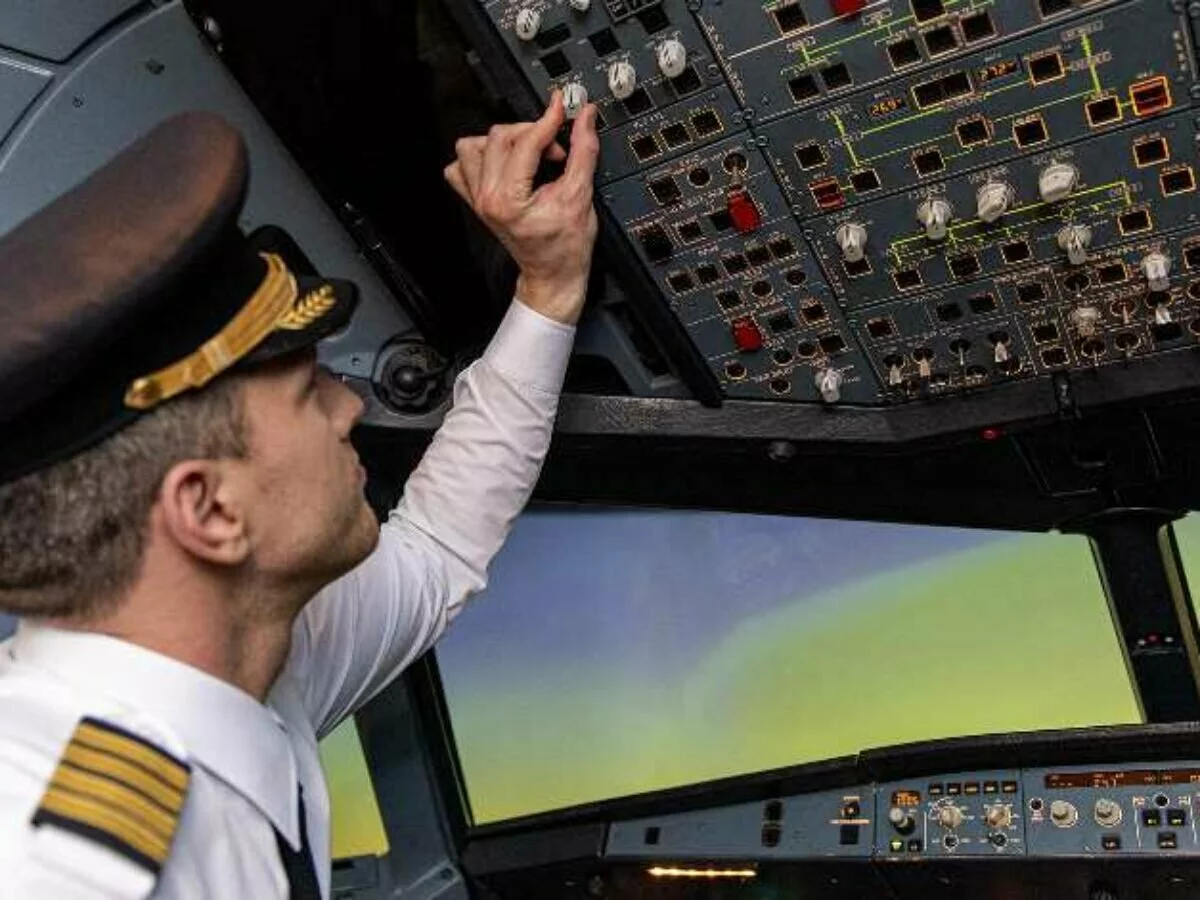
On the off chance that you’ve at any point passed the cockpit while loading onto a flight and attempted to get bits from your pilots’ discussion, you likely didn’t gather much from them. From terms like “niner” to “Zulu,” pilot-talk can seem like its own language.
While the greater part of the expressions flight group use were a result of a requirement for clear and concise correspondence over an every so often fluffy radio transmission, as per avionics specialists, there are likewise more beautiful expressions that pilots say were thought about in the sky and shared broadly among staff members.
“A great deal of the manners in which we direct sentiments toward be significant to different pilots is somewhat monkey-see, monkey-do,” says Ferdi Mack, ranking director at the Pilot Information Center, of getting dialect at work. “A piece of your test is to get it and get it.” And flight groups regularly utilize a similar pilot shoptalk in marginally various ways.
Milwaukee Bucks Are First NBA Champions to Visit White House in 5 Years
So assuming you’ve at any point considered what your flight group is discussing, you can save yourself long periods of avionics preparing with this summary of pilot language.
Supported CONTENT
Six Steps to a Sustainability Transformation
BY BCG
“How about we kick the tires and get the fires going”
Broadly articulated by Harry Connick Jr. in Independence Day, the tactical expression flags that a plane is just with regards to prepared for departure, says Mark Baker, a business pilot of 35 years and current leader of the Aircraft Owners and Pilots Association (AOPA). When the group finishes the pre-flight gear assessment, it’s an ideal opportunity to light the motor and take to the sky. Nowadays in any case, it’s significantly more typical to hear pilots declare that the plane is “approved for departure” — especially on business flights — for curtness.
“Feet wet”
This expression cautions air traffic regulators when a tactical airplane, (generally a Navy transporter pilot), is flying over water, says Tom Haines, a private pilot and editorial manager in-head of AOPA’s Pilot magazine. If the airplane experiences a crisis above water, similar to inconvenience in a battle zone, the regulators can send the appropriate salvage vessels given the plane’s area. When a flight has gotten the shore and continues flying over land, they’ll bring in to aviation authority that they’re “feet dry,” Haines adds.
“We have a deadhead group traveling to Chicago”
Regardless of how it might sound, this isn’t an affront: Off-obligation pilots or flight team who load up a business trip as travelers to fly back to the plane’s headquarters are designated “deadheads,” Haines says. “Deadheading” is genuinely normal: if a flight team lands in their objective however should leave from an alternate air terminal for their next shift, a carrier can fly the off the clock group individuals there, as long as there are seats accessible, he says.
In uncommon cases, a deadhead group can boot paying travelers. Joined Airlines made a client assistance craze when a viral video caught a traveler’s savage expulsion from an overbooked trip to account for four deadhead United team individuals. Air terminal security officials hauled a bloodied David Dao down the path of the plane after he would not surrender his seat. Two security officials were terminated after the episode, and United has since settled with Dao.
“There’s a pilot in the jumpseat”
In case there aren’t any seats in the traveler lodge accessible for deadheads, they can guarantee an additional an overlay up seat in the cockpit, known as a “jumpseat.” Most jumpseats are saved for FAA monitors or off the clock flight faculty going back to their headquarters, says Ross Aimer, a resigned United Airlines pilot of 40 years.
“You fundamentally ask for a ride on your aircraft or another person’s to get to work,” Aimer says. A few aircrafts offer graciousness jumpseats to pilots from different organizations, as well.
“It’s 17:00 Zulu time”
Since pilots can take a break zones in a single excursion and should speak with air traffic regulators from around the world, pilots follow “Zulu time,” or Greenwich Mean Time (GMT), the widespread time region of the skies, Aimer says. GMT is the time kept by the Royal Observatory in Greenwich, London. So in case it’s 2 a.m. in London for instance, it’ll be 02:00 “Zulu time” for each pilot noticeable all around.
In any case, to stay away from disarray among travelers, pilots allude to the time region of their objective when talking with travelers over the radio.
“George is flying the plane at this point”
There’s a “George” on virtually every business airplane, however he’s not a team part. “George” is a moniker for a plane’s autopilot framework that follows a customized set of focuses to the flight’s objective, thinking about changes in choppiness and elevation, as indicated by Aimer. Pilots regularly convey George to order the plane when it comes to cruising elevation or when they’ve flown for over 10 hours, when they’re needed to rest per FAA guidelines for two-pilot planes.
Get the most recent profession, relationship and wellbeing exhortation to enhance your life: pursue TIME’s Living pamphlet.
“We’re flying through an air pocket”
Choppiness unwilling flyers, be careful: “air pocket” is simply one more word for the breezes that jar a plane from various headings. Aimer says the expression “air pocket” causes less frenzy than “choppiness” among travelers.
“When we say ‘choppiness,’ individuals get frightened,” Aimer says. “We use ‘air pockets’ to quiet [passengers] down.”
The bearing and power of twists frequently adjust the length of an outing, as well, contingent upon their heading: if the plane is flying with a solid breeze, it might land 30 minutes to an hour sooner, Aimer says, contingent upon the length of their excursion. In case it’s flying against the breeze, travelers may be in for a more extended flight.